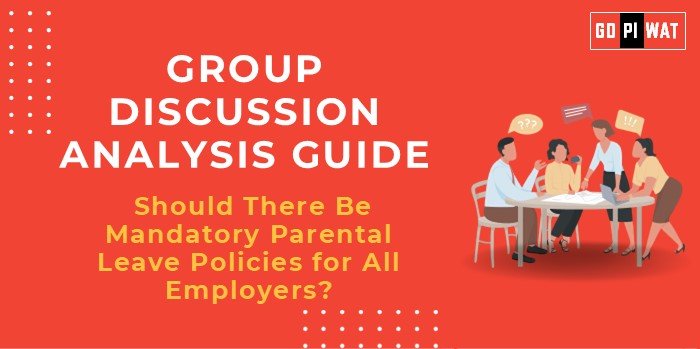📋 Should There Be Mandatory Parental Leave Policies for All Employers?
🌐 Introduction to the Topic
Parental leave policies are central to fostering equitable workplaces and enabling work-life balance. This discussion gains relevance as economies strive to improve workforce participation and gender equality. Countries like Sweden and Norway have set benchmarks with inclusive parental leave laws, sparking debates about their global applicability.
📊 Quick Facts and Key Statistics
- 🌍 Global Precedent: 85% of OECD countries mandate paid parental leave.
- 🇮🇳 India: The Maternity Benefit Act offers 26 weeks of leave, but paternity leave remains largely unregulated.
- 📈 Economic Impact: Paid leave improves employee retention by 89% in companies offering gender-neutral policies (World Bank, 2023).
- ⚖️ Gender Equity: Shared leave policies increase female workforce participation by 20% in countries with such mandates.
- 💰 Costs: In the EU, parental leave policies contribute less than 1% to overall payroll expenses.
🏆 Achievements and Challenges
✅ Achievements
- 😊 Employee Satisfaction: Companies with robust leave policies report improved morale and retention.
- 👶 Child Welfare: Enhanced health outcomes linked to greater parental involvement.
- 🌟 Global Success: Sweden’s “use-it-or-lose-it” leave for fathers has significantly boosted gender equity.
⚠️ Challenges
- 💼 SME Burden: High implementation costs can strain small and medium enterprises.
- 📉 Productivity Concerns: Fear of workforce disruptions in certain sectors.
- 🏠 Societal Stigmas: Resistance to male caregivers in traditional societies.
🌍 Global Comparisons
- 🇸🇪 Success: Sweden and Iceland lead with gender-neutral and widely utilized parental leave policies.
- 🇺🇸 Challenges: In the U.S., the lack of a federal mandate results in limited access for lower-income workers.
- 🇫🇮 Case Study: Finland’s 7-month parental leave policy led to a 15% rise in fathers taking leave.
🗣️ Structured Arguments for Discussion
- ✅ Supporting Stance: “Mandatory parental leave policies foster equality, improve employee morale, and align with global standards.”
- ❌ Opposing Stance: “Such mandates could burden SMEs, risking financial viability and workforce continuity.”
- ⚖️ Balanced Perspective: “While beneficial, policies must consider phased implementation and financial support for smaller enterprises.”
💡 Effective Discussion Approaches
- 📊 Data-Driven Start: “With 85% of OECD countries mandating paid leave, isn’t it time for universal inclusion?”
- 📚 Case Study: “Finland’s success shows how shared leave policies benefit families and economies alike.”
- 🤝 Counter-Argument Handling: Use data to refute misconceptions and suggest solutions, such as government subsidies for SMEs.
⚙️ Strategic Analysis: SWOT
- 💪 Strengths: Promotes gender equity and improves productivity through employee satisfaction.
- ⚡ Weaknesses: Potential financial strain on SMEs; societal stigmas.
- 🚀 Opportunities: Global leadership in equitable workplace policies; attracting diverse talent pools.
- ⚠️ Threats: Misuse of policies or low uptake in male-dominated workplaces.
🔑 Connecting with B-School Applications
- 🌟 Real-World Applications: Insights into HR strategy, workforce planning, and policy design.
- ❓ Sample Questions:
- “How can mandatory leave policies balance productivity with equity?”
- “Evaluate the impact of parental leave policies on SMEs.”
- 🎓 Student Insights: Explore policy design, assess societal and economic impacts, and understand HR implications.


